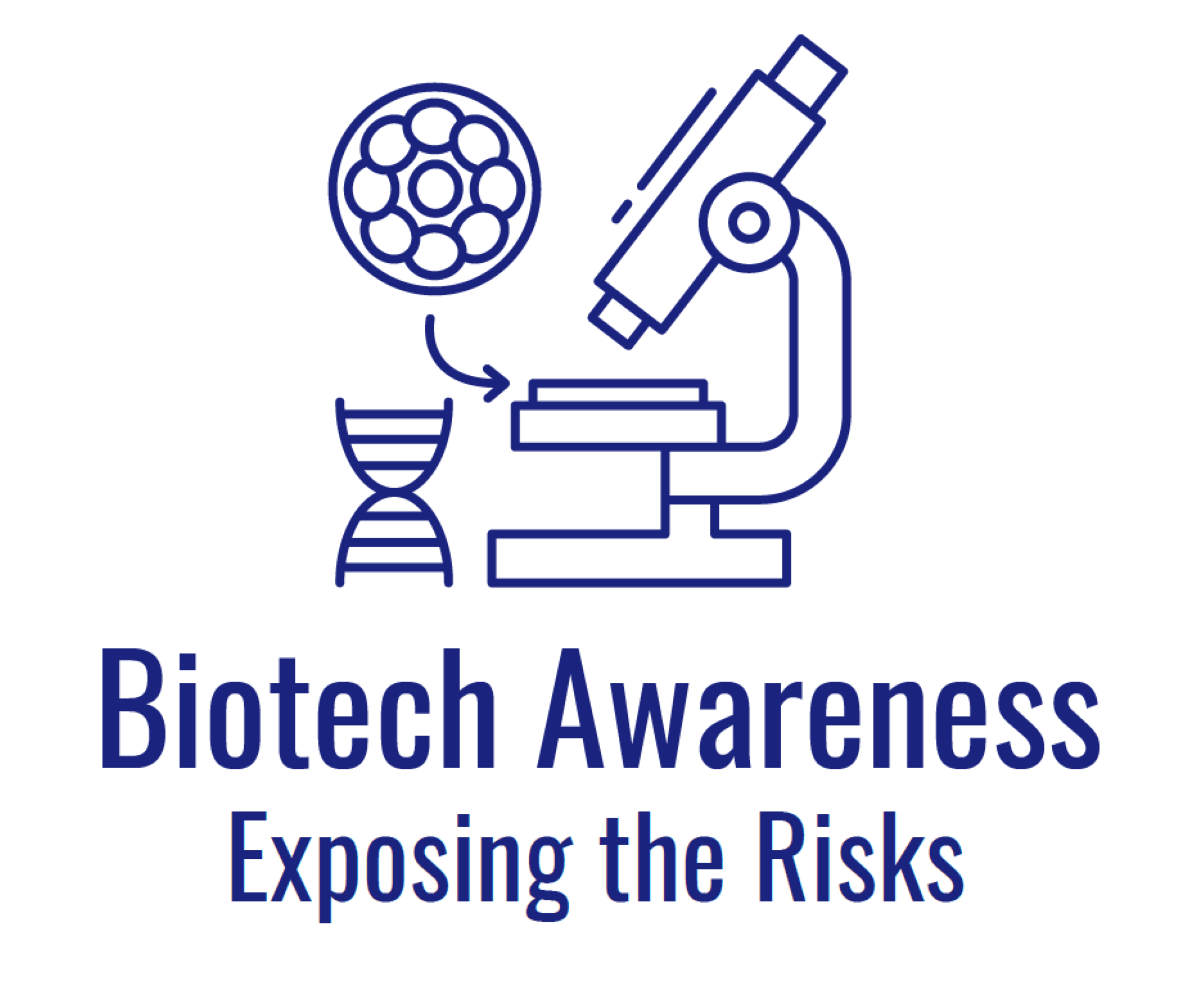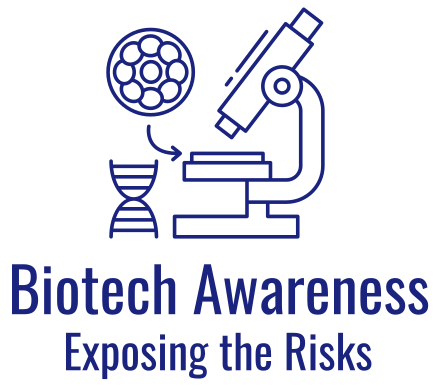Biosafety Levels
A very specialized research laboratory that deals with infectious agents is the biosafety lab. Whether performing research or production activities, when working with infectious materials, organisms or perhaps even laboratory animals, the proper degree of protection is of utmost importance. The protections required by these types of activities are defined as biosafety levels.
Biological safety levels are ranked from one to four and are selected based on the agents or organisms on which the research or work is being conducted. Each level up builds on the previous level, adding constraints and barriers.
"Biosafety in Microbiological and Biomedical Laboratories (BMBL)" has served as the cornerstone of biosafety practice in the United States since its initial release in 1984. In June 2020, the U.S. Centers for Disease Control (CDC) and National Institute of Health (NIH) published the 6th Edition of their book.
Learn more about other regulations regarding the biotech industry.
Biosafety Level 1 (BSL-1)
Biosafety level 1 (BSL-1) is suitable for work with well-characterized agents which do not cause disease in healthy humans. In general, these agents should pose minimal potential hazard to laboratory personnel and the environment.
At this level, precautions are limited relative to other levels. Laboratory personnel must wash their hands upon entering and exiting the lab. Research with these agents may be performed on standard open laboratory benches without the use of special containment equipment. However, eating and drinking are generally prohibited in laboratory areas.
Potentially infectious material must be decontaminated before disposal, either by adding a chemical such as bleach or isopropanol or by packaging for decontamination elsewhere.
Personal protective equipment is only required for circumstances where personnel might be exposed to hazardous material.
BSL-1 laboratories must have a door which can be locked to limit access to the lab. However, it is not necessary for BSL-1 labs to be isolated from the general building.
This level of biosafety is appropriate for work with several kinds of microorganisms including non-pathogenic strains of Escherichia coli and Staphylococcus, Bacillus subtilis, Saccharomyces cerevisiae and other organisms not suspected to contribute to human disease.
Due to the relative ease and safety of maintaining a BSL-1 laboratory, these are the types of laboratories generally used as teaching spaces for high schools and colleges.
Biosafety Level 4 (BSL-4)
Biosafety level 4 (BSL-4) is the highest level of biosafety precautions, and is appropriate for work with agents that could easily be aerosol-transmitted within the laboratory and cause severe to fatal disease in humans for which there are no available vaccines or treatments. BSL-4 laboratories are generally set up to be either cabinet laboratories or protective-suit laboratories. In cabinet laboratories, all work must be done within a class III biosafety cabinet. Materials leaving the cabinet must be decontaminated by passing through an autoclave or a tank of disinfectant. The cabinets themselves are required to have seamless edges to allow for easy cleaning. Additionally the cabinet and all materials within must be free of sharp edges in order to reduce the risk of damage to the gloves. In a protective-suit laboratory, all work must be done in a class II biosafety cabinet by personnel wearing a positive pressure suit. In order to exit the BSL-4 laboratory, personnel must pass through a chemical shower for decontamination, then a room for removing the positive-pressure suit, followed by a personal shower. Entry into the BSL-4 laboratory is restricted to trained and authorized individuals, and all persons entering and exiting the laboratory must be recorded.
As with BSL-3 laboratories, BSL-4 laboratories must be separated from areas that receive unrestricted traffic. Additionally airflow is tightly controlled to ensure that air always flows from "clean" areas of the lab to areas where work with infectious agents is being performed. The entrance to the BSL-4 lab must also employ airlocks to minimize the possibility that aerosols from the lab could be removed from the lab. All laboratory waste, including filtered air, water, and trash must also be decontaminated before it can leave the facility.
Biosafety level 4 laboratories are used for diagnostic work and research on easily transmitted pathogens which can cause fatal disease. These include a number of viruses known to cause viral hemorrhagic fever such as Marburg virus, Ebola virus, Lassa virus, and Crimean-Congo hemorrhagic fever. Other pathogens handled at BSL-4 include Hendra virus, Nipah virus, and some flaviviruses.
Additionally, poorly characterized pathogens which appear closely related to dangerous pathogens are often handled at this level until sufficient data are obtained either to confirm continued work at this level, or to permit working with them at a lower level.
This level is also used for work with Variola virus, the causative agent of smallpox, though this work is only performed at the Centers for Disease Control and Prevention in Atlanta, United States, and the State Research Center of Virology and Biotechnology in Koltsovo, Russia.
Biosafety Level 2 (BSL-2)
At this level, all precautions used at Biosafety Level 1 are followed, and some additional precautions are taken. BSL-2 differs from BSL-1 in that:
- Laboratory personnel have specific training in handling pathogenic agents and are directed by scientists with advanced training.
- Access to the laboratory is limited when work is being conducted.
- Extreme precautions are taken with contaminated sharp items.
- Certain procedures in which infectious aerosols or splashes may be created are conducted in biological safety cabinets or other physical containment equipment.
Biosafety level 2 is suitable for work involving agents of moderate potential hazard to personnel and the environment. This includes various microbes that cause mild disease to humans, or are difficult to contract via aerosol in a lab setting.
Examples include hepatitis A, B, and C viruses, human immunodeficiency virus (HIV), pathogenic strains of Escherichia coli and Staphylococcus, Salmonella, Plasmodium falciparum and Toxoplasma gondii. Prions, the infectious agents that transmit prion diseases such as vCJD, may be handled under Biosafety Level 2 or higher.
Biosafety Level 3 (BSL-3)
Biosafety level 3 is appropriate for work involving microbes which can cause serious and potentially lethal disease via the inhalation route. This type of work can be done in clinical, diagnostic, teaching, research or production facilities.
Here, the precautions undertaken in BSL-1 and BSL-2 labs are followed, as well as additional measures including:
- All laboratory personnel are provided medical surveillance and offered relevant immunizations (where available) to reduce the risk of an accidental or unnoticed infection.
- All procedures involving infectious material must be done within a biological safety cabinet.
- Laboratory personnel must wear solid-front protective clothing (i.e. gowns that tie in the back). This cannot be worn outside of the laboratory and must be discarded or decontaminated after each use.
- A laboratory-specific biosafety manual must be drafted which details how the laboratory will operate in compliance with all safety requirements.
In addition, the facility which houses the BSL-3 laboratory must have certain features to ensure appropriate containment. The entrance to the laboratory must be separated from areas of the building with unrestricted traffic flow.
Additionally, the laboratory must be behind two sets of self-closing doors (to reduce the risk of aerosols escaping). The construction of the laboratory is such that it can be easily cleaned. Carpets are not permitted, and any seams in the floors, walls, and ceilings are sealed to allow for easy cleaning and decontamination.
Additionally, windows must be sealed, and a ventilation system installed which forces air to flow from the "clean" areas of the lab to the areas where infectious agents are handled. Air from the laboratory must be filtered before it can be recirculated.
A 2015 study by USA Today journalists identified more than 200 lab sites in the U.S. that were accredited biosafety levels 3 or 4. The Proceedings of a Workshop on "Developing Norms for the Provision of Biological Laboratories in Low-Resource Contexts" provides a list of BSL-3 laboratories in those countries.
Biosafety level 3 is commonly used for research and diagnostic work involving various microbes which can be transmitted by aerosols and/or cause severe disease. These include Francisella tularensis, Mycobacterium tuberculosis, Chlamydia psittaci, Venezuelan equine encephalitis virus, Eastern equine encephalitis virus, SARS-CoV-1, MERS-CoV, Coxiella burnetii, Rift Valley fever virus, Rickettsia rickettsii, several species of Brucella, chikungunya, yellow fever virus, West Nile virus, Yersinia pestis, and SARS-CoV-2.
Biosafety Level 4 (BSL-4) for Extraterrestrial Samples
Sample-return missions that bring back to Earth samples obtained from a Category V body must be curated at facilities rated BSL-4.
Because the existing BSL-4 facilities in the world do not provide the level of cleanliness necessary to such pristine samples, there is a need to design a state-of-the-art facility dedicated to curation of restricted (potentially biohazardous) extraterrestrial materials.
The systems of such facilities must be able to contain unknown biohazards, as the sizes of any putative alien microorganisms are unknown. Ideally, it should filter particles down to 10 nanometers, and release of a particle 50 nanometers or larger is unacceptable under any circumstance.
There have been a number of studies designing to various levels of details such a facility, but so far, there is no clear plans to build a facility in the US, in Europe, or elsewhere in the world.
Because NASA and ESA are collaborating on the Mars Sample Return campaign, due to return samples from Mars in the early 2030s, the need for a Sample Receiving Facility (SRF) is speeding up the timeline. A SRF is expected to take 7 to 10 years from design to completion, and an additional two years is recommended for the staff to become proficient and accustomed to the facilities.
Resources for more information about Biosafety Levels:
U.S. Centers for Disease Control
- Biosafety in Microbiological and Biomedical Laboratories,
6th Edition (June 2020)
National Institutes of Health (NIH)

